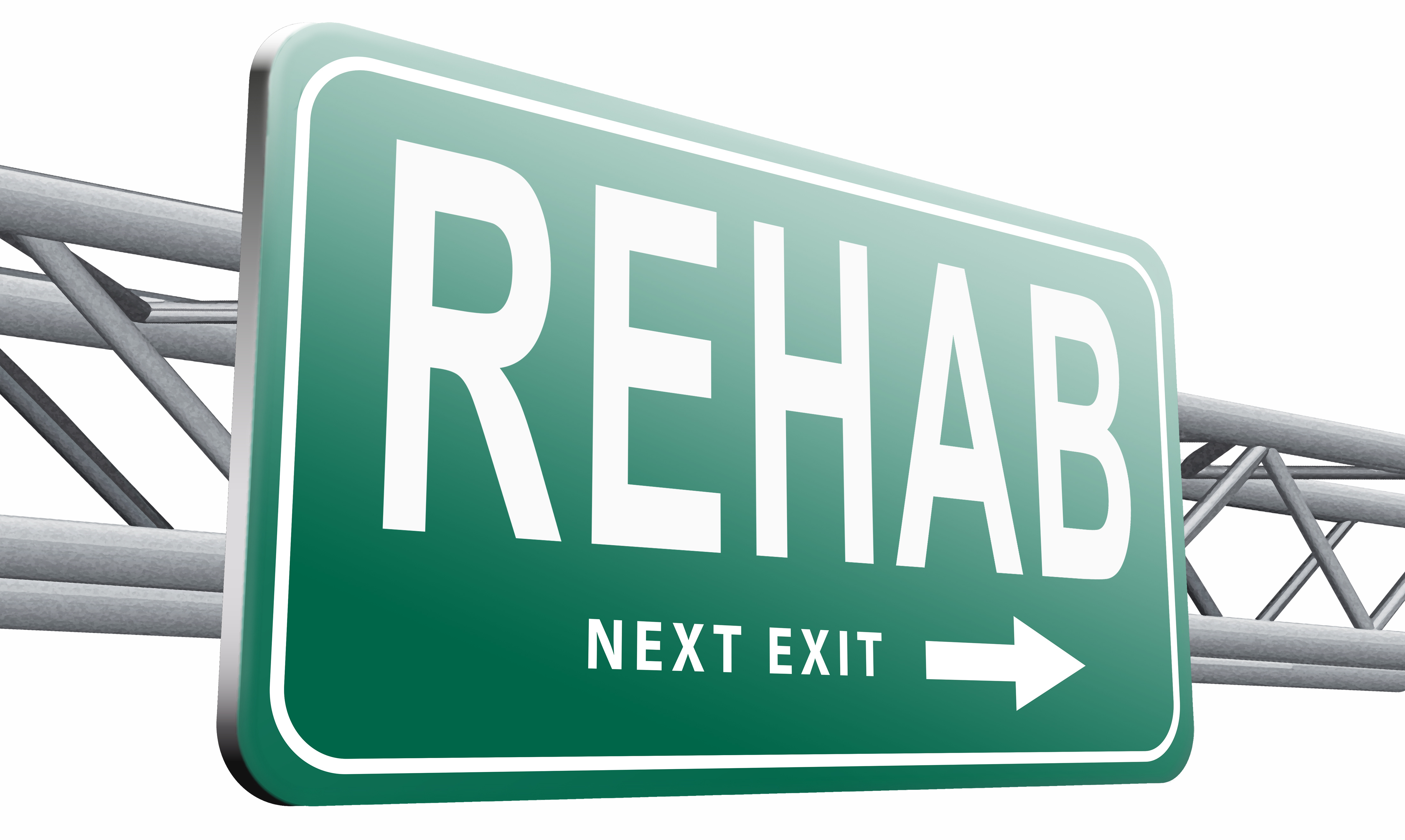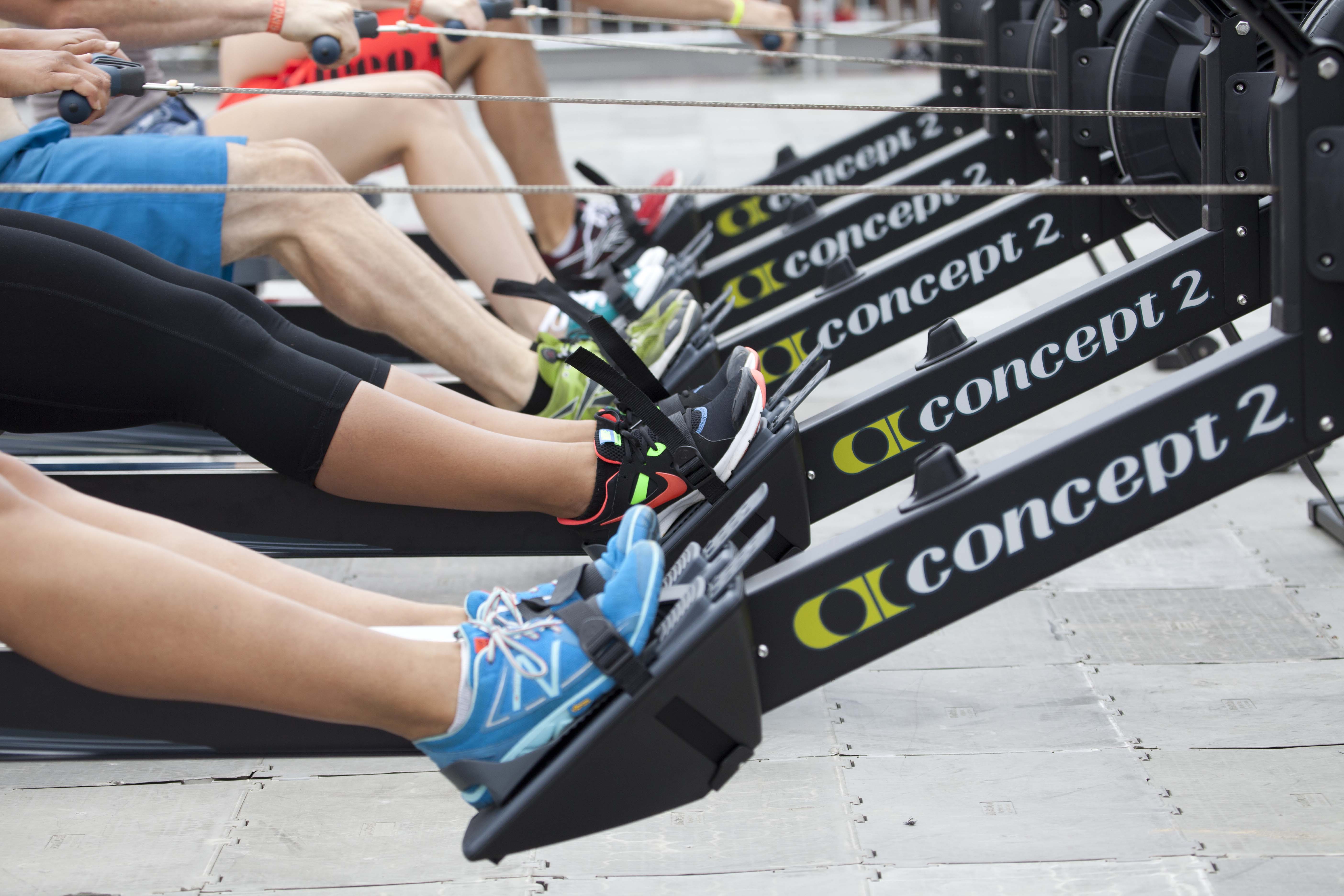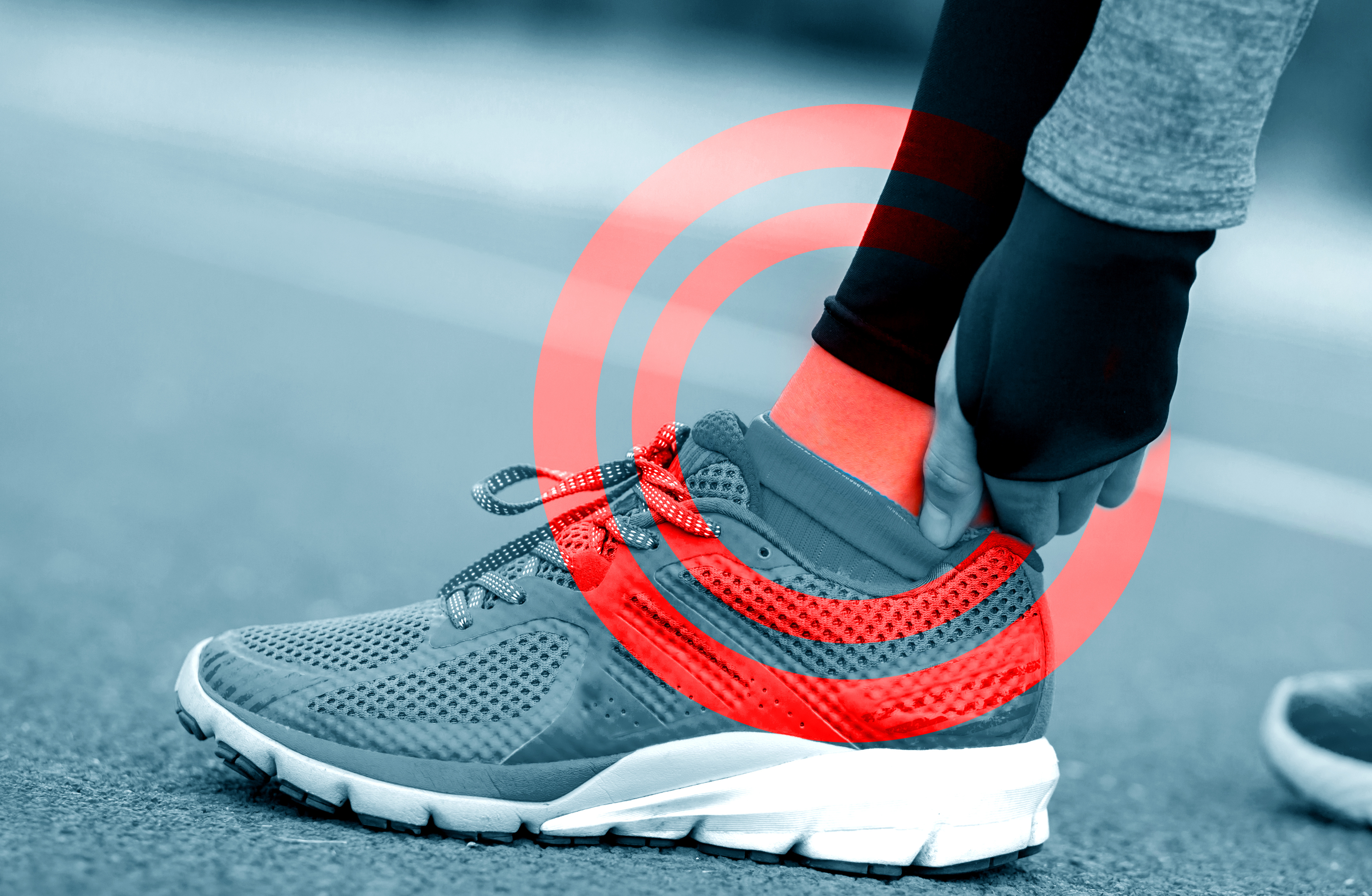- Track your orders
- Save your details for express checkout
Blog
Exercise Injuries: How to get back to doing what you love
Sport and exercise injuries aren’t just reserved for elite sportspeople, those with teams of physiotherapists, doctors and trainers to oversee each step of the recovery process. Far from it, they are a regular occurrence we all experience at some point, sometimes as a result of sport or exercise, other times while undertaking simple daily tasks. Managing an injury and returning to fitness can be a difficult process, especially if you are going through it for the first time. To make things easier, we have put together some steps and tips to help you navigate your return to fitness, and work your way back to the sport or activity that you love.
Step1: Diagnosis
Ouch, that hurt! Despite the initial pain, many people find mild muscle or joint injuries easy to ignore. With a busy lifestyle, intermittent pain is often dismissed out of convenience, as making time to see the doctor or physio can be difficult to arrange. It can seem easier to carry on, while progressively avoiding more and more physical activities that used to be enjoyable. While discomfort in exercise isn’t always cause for intervention, if your pain persists for more than two days and you are unable to manage your usual routine, it is time to get checked out by a physio. Don’t let your injury take you down a path where you accept a limited lifestyle- deal with the injury within the week that it presents itself. This will give you a much better chance of identifying the cause of the pain quickly, and get you on the road to recovery.
Tip: In New Zealand, injuries caused by an accident are almost always covered by ACC. Your physio will be able to advise you whether or not your injury is likely to be accepted, potentially reducing the cost of treatment significantly.
 Make time to get checked out by a Doctor or Physiotherapist.
Make time to get checked out by a Doctor or Physiotherapist.
Step2: Treatment and Adjusted Exercise
Full disclosure, we are not a medical or physiotherapy practice, and cannot offer treatment plans for injuries. With that said, alongside pain relief treatment, physiotherapists will be able to recommend to you exercises to help non-traumatic muscle or tendon injuries, either to retrain the injured area, or to engage other relevant muscles that have contributed to your injury. It is VERY important to follow your physio’s instructions and do your exercises diligently. While massage and pain relief treatments will make the affected area feel better, these are treating the symptoms of the problem. Your prescribed exercises are designed to treat the cause of your injury, helping to ensure that it will not reoccur.
Tip: While you seek treatment, ask your physio for alternative exercise options that will not aggravate the injured area. The more you can maintain your base aerobic fitness while you work through your injury, the easier it will be to return to your chosen sport or exercise. You may even discover something new that you enjoy even more!
Step3: Getting Back to It
It is natural to feel apprehensive about returning to exercise post injury, even when your physio has assured you that it will be ok. If you have managed to find alternate forms of exercise during your recovery, continue to supplement these with small doses of activity that exercises the recovered muscle. Gradually increase the duration of exercise at a comfortable rate until you feel confident again. If you have been unable to exercise during rehabilitation, it is best to start with a low-impact form of exercise in short durations. Low impact exercise options, such as the SkiErg or Indoor Rower, enable you to achieve an effective aerobic and strength workout, without the added stress of impact. This will allow you to feel stable and secure as you build back to fitness, and enable you to regulate the level of resistance to within your comfort zone. For more information on high and low impact exercise click Here.

The Concept2 Indoor Rower and SkiErg offer adjustable, low-impact workouts to suit your fitness level.
Tip: Take it slow. It is much better to gauge your post-injury ability progressively, than risk re-injury by simply picking up where you left off. If your physio prescribed exercises as a part of your treatment, continue to include them in your routine to give yourself the best chance of staying injury free.
There are no magic fixes for injuries, but by taking care to treat both the symptoms and the cause of your exercise injury early, the recovery process can be accelerated. In treating the cause of your injury, and maintaining fitness during recovery, the chances of the injury reoccurring are significantly reduced, giving you confidence to get back to the sport or exercise that you love!
Please note- this article is written with moderate, non-traumatic injuries in mind, and may not apply to severe or traumatic injuries. It is intended to support the advice of a doctor or physiotherapist. We strongly recommended seeking professional advice for all persistent injuries, and that patients follow the recommendations of their chosen doctor or physiotherapist.


 Please wait
Please wait